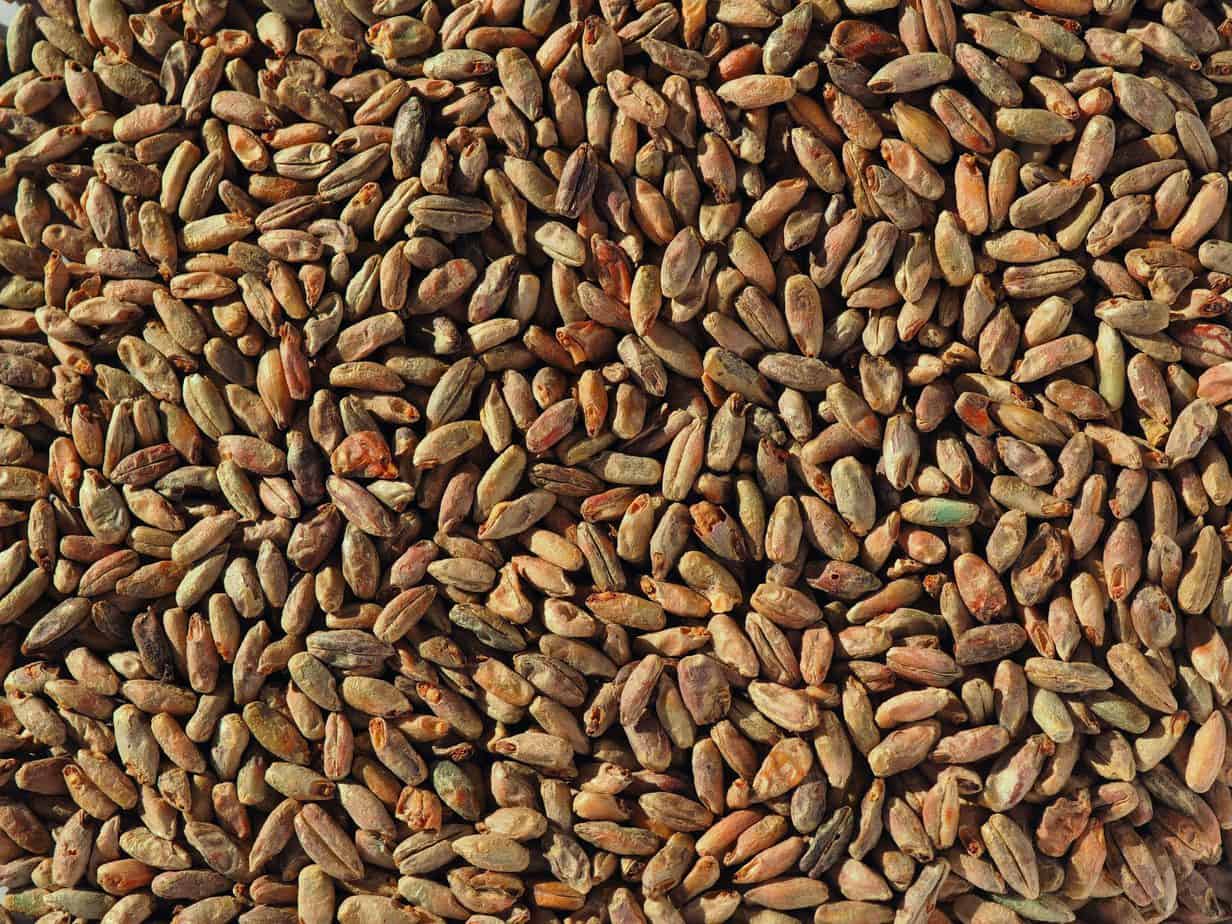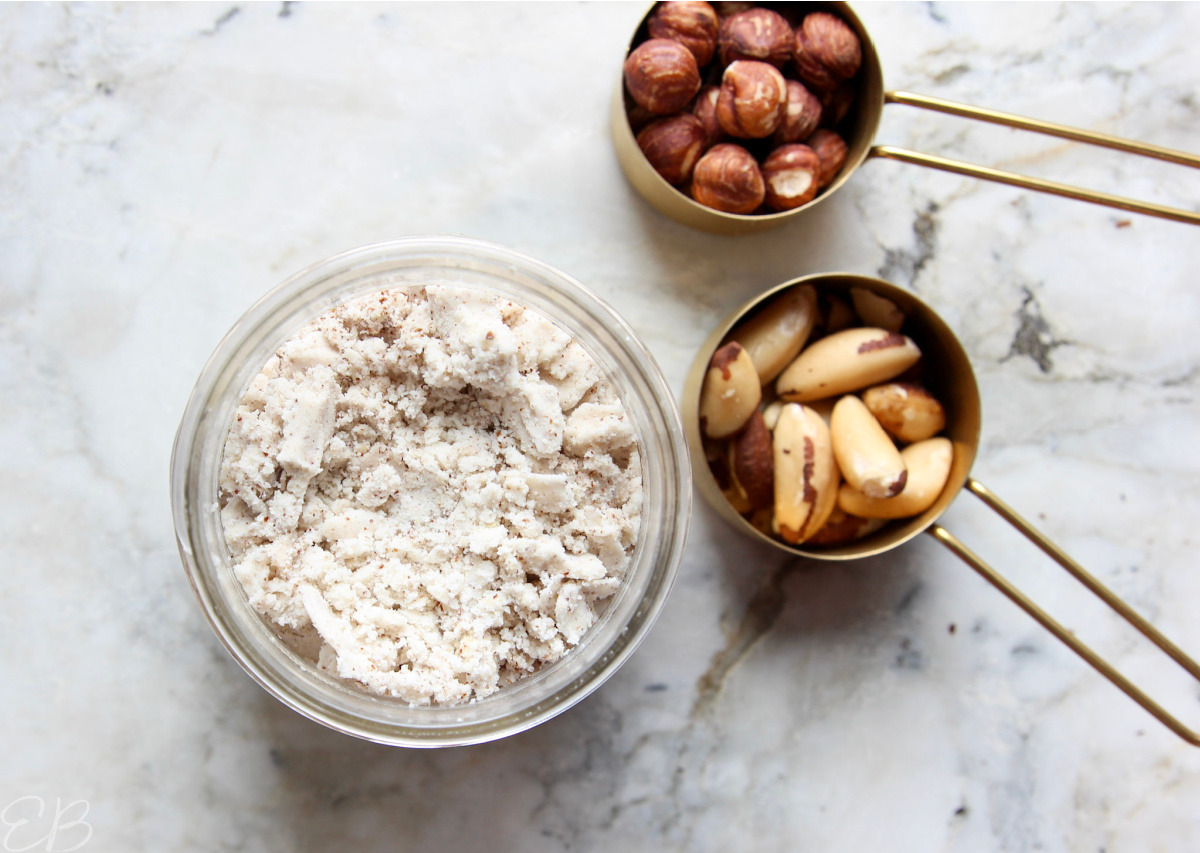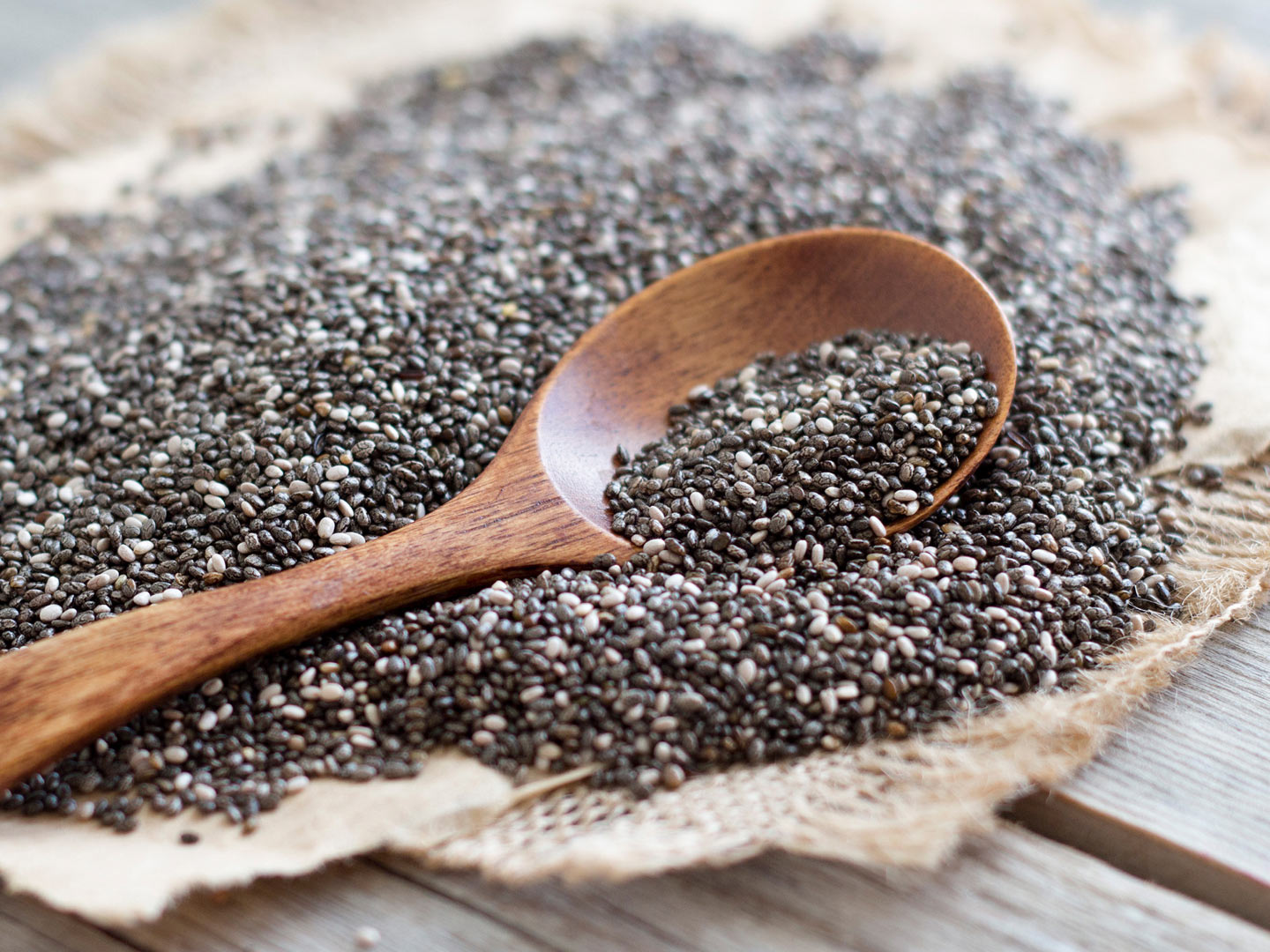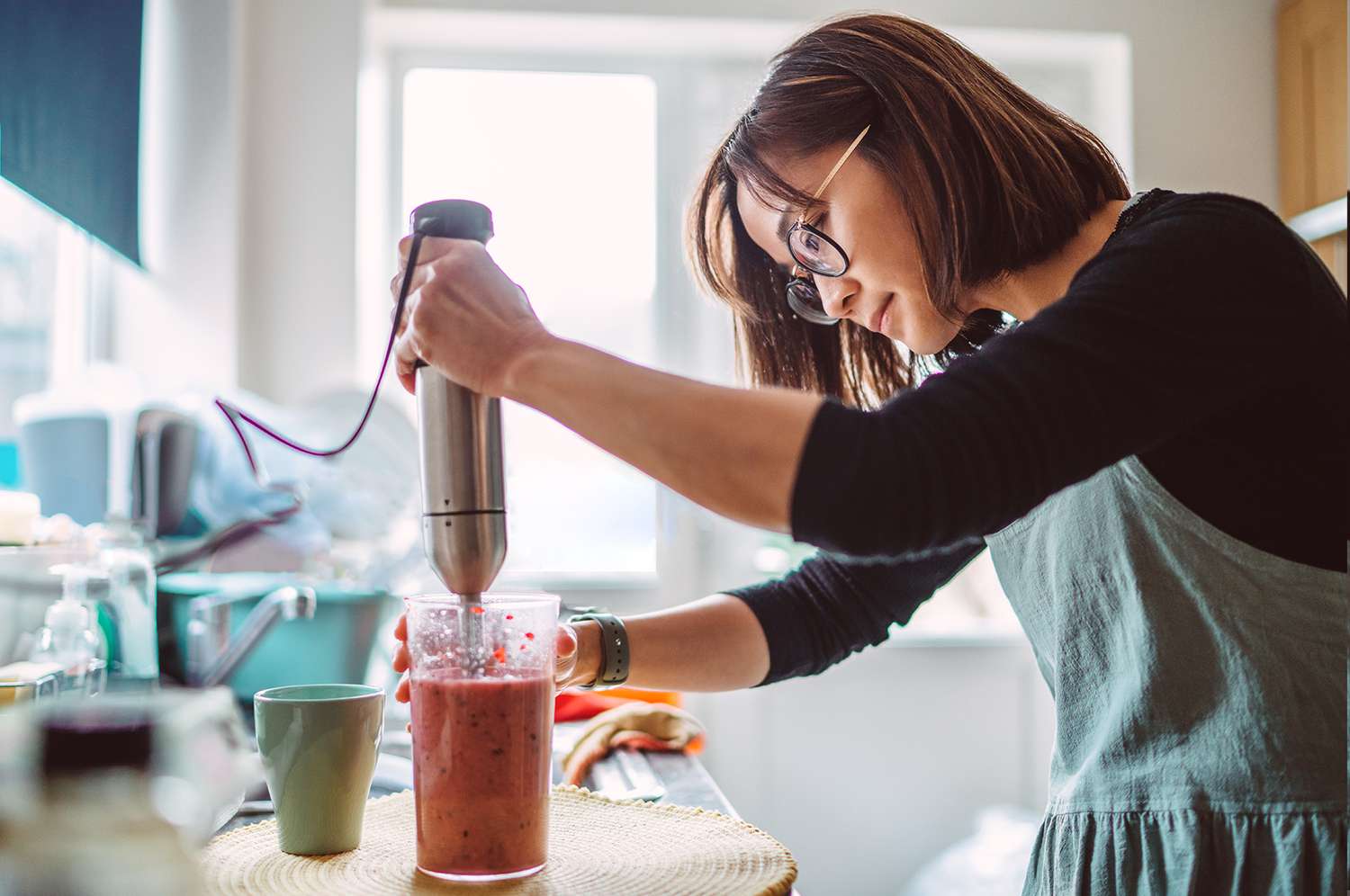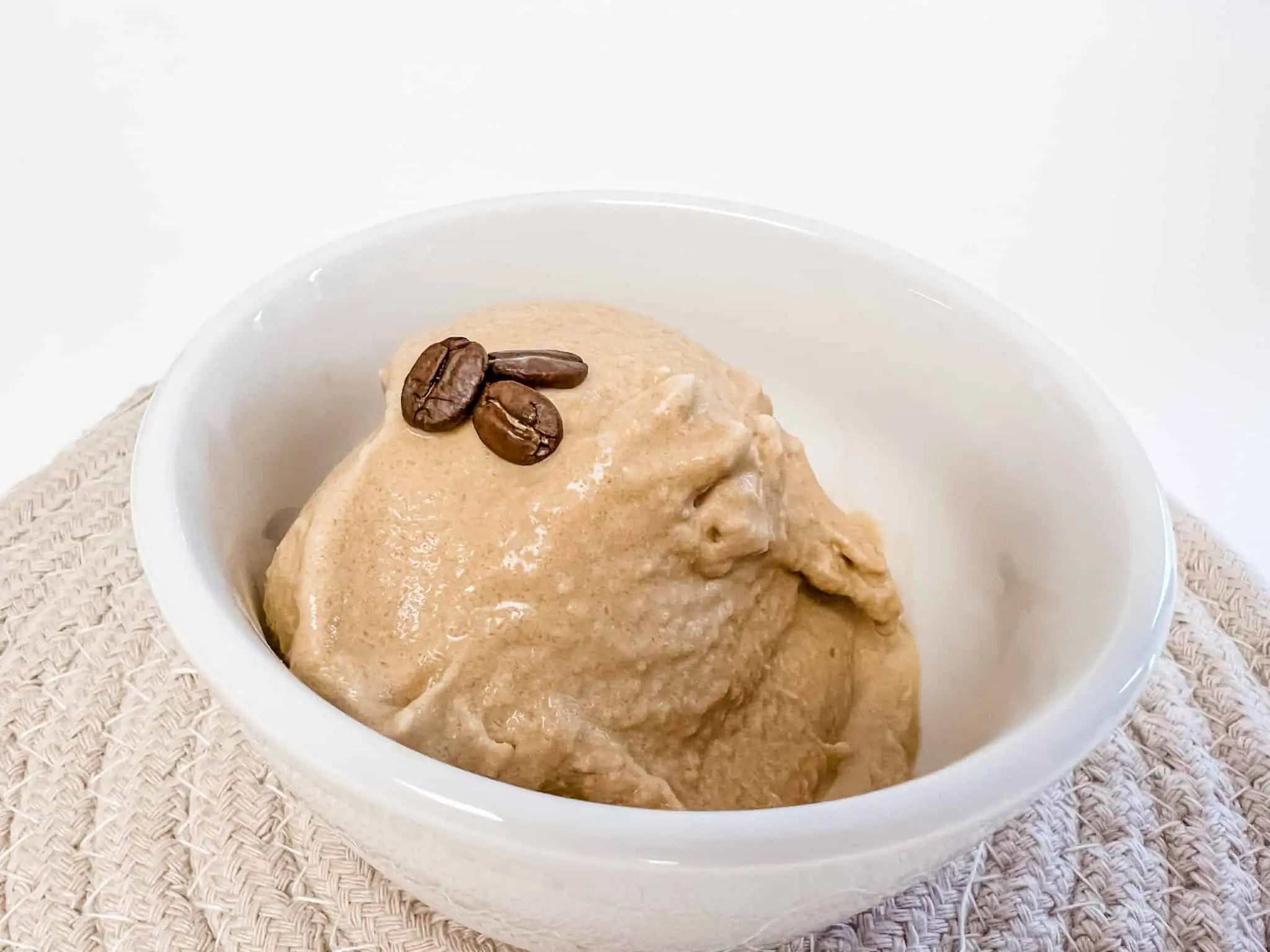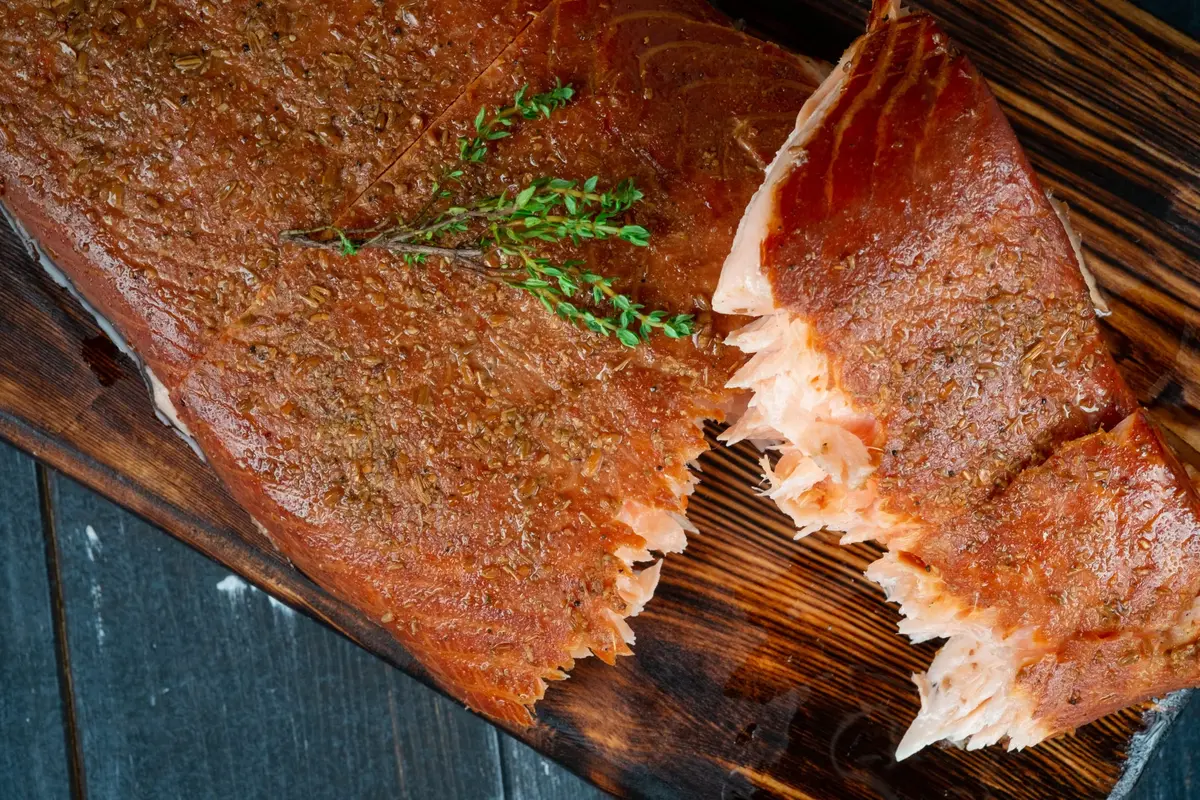Fermenting purple cabbage is a fantastic way to preserve this vibrant vegetable and create a delicious and nutritious condiment. Not only does it add a burst of color to your plate, but it also provides a host of health benefits. In this guide, we'll walk you through the simple steps to ferment purple cabbage at home, so you can enjoy its tangy goodness whenever you like.
Why Ferment Purple Cabbage?
Fermentation is a natural process that not only extends the shelf life of foods but also enhances their nutritional value. When you ferment purple cabbage, you’re creating a probiotic-rich food that supports gut health and digestion. Additionally, the fermentation process can enhance the flavor of the cabbage, giving it a delightful tanginess that pairs well with a variety of dishes.
What You’ll Need
Before you get started, gather the following items:
- 1 head of purple cabbage
- Sea salt or kosher salt
- A large mixing bowl
- A sharp knife or mandoline
- A quart-sized mason jar or fermentation crock
- A weight or fermentation lid
The Fermentation Process
Now that you have your ingredients and equipment ready, it’s time to start fermenting your purple cabbage. Follow these simple steps:
- Remove the outer leaves of the cabbage and set them aside.
- Shred the remaining cabbage using a knife or mandoline, ensuring the pieces are uniform in size.
- Place the shredded cabbage in a mixing bowl and sprinkle it with 1-2 tablespoons of salt.
- Massage the salt into the cabbage for a few minutes, allowing it to wilt and release its natural juices.
- Transfer the cabbage and its juices into the mason jar or fermentation crock, pressing it down firmly to remove any air pockets.
- Place the reserved cabbage leaves on top of the shredded cabbage to create a barrier between the mixture and the air.
- Place a weight on top of the cabbage leaves to keep them submerged in their own juices. If using a mason jar, you can also use a fermentation lid to create an airtight seal.
- Allow the cabbage to ferment at room temperature, away from direct sunlight, for 1-2 weeks. Check on it periodically to ensure that the cabbage remains submerged in liquid.
- Once the desired level of tanginess is achieved, transfer the fermented cabbage to the refrigerator to slow down the fermentation process.
Enjoying Your Fermented Purple Cabbage
Once your purple cabbage is fully fermented, you can enjoy it in a variety of ways. Add it to salads, sandwiches, or tacos for a pop of color and flavor. You can also serve it as a tangy side dish or incorporate it into your favorite recipes for an extra boost of probiotics.
Remember that fermented foods are alive with beneficial bacteria, so it’s best to start with small servings to allow your body to adjust. As with any new food, it’s a good idea to consult with your healthcare provider, especially if you have any underlying health conditions or concerns.
Final Thoughts
Fermenting purple cabbage at home is a simple and rewarding process that yields a flavorful and nutritious condiment. By following these steps, you can harness the power of fermentation to create a tangy, probiotic-rich addition to your culinary repertoire. Experiment with different seasonings and flavors to make your fermented purple cabbage uniquely your own, and enjoy the many health benefits it has to offer.
So, what are you waiting for? Grab a head of purple cabbage and start fermenting today!
More Delicious Recipes Featuring Fermented Purple Cabbage
Now that you've mastered the art of fermenting purple cabbage, why not put your new skills to the test with a variety of delectable recipes? For a refreshing twist, try the Fermented Purple Cabbage and Apple Slaw which pairs the tangy crunch of cabbage with the sweet crispness of apples. If you're in the mood for something with a bit more heat, the Spicy Purple Cabbage Kimchi is a must. Both recipes not only showcase your fermentation prowess but also introduce a symphony of flavors to your palate. We particularly recommend the Purple Cabbage Kimchi Fried Rice for a hearty meal that transforms simple ingredients into a feast for the senses. Each of these recipes utilizes the vibrant hues and enhanced nutritional profiles of fermented purple cabbage, making them perfect for health-conscious gourmets and flavor seekers alike.
Was this page helpful?
Read Next: How To Ferment Green Olives
